Vessel Forms
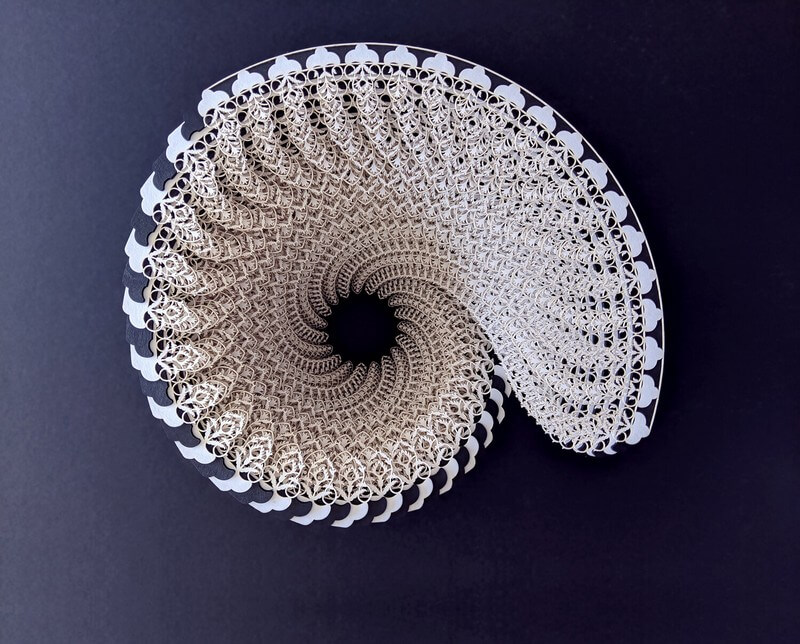
Designer Julia Ibbini is interested in human and machine collaboration in a traverse of analog and digital to create work with highly detailed machined precision, but which remains distinctly human in origin. The pieces proposed for this submission play between contrasting yet complementary, distinct but related concepts, both in the design and feel of the final form.
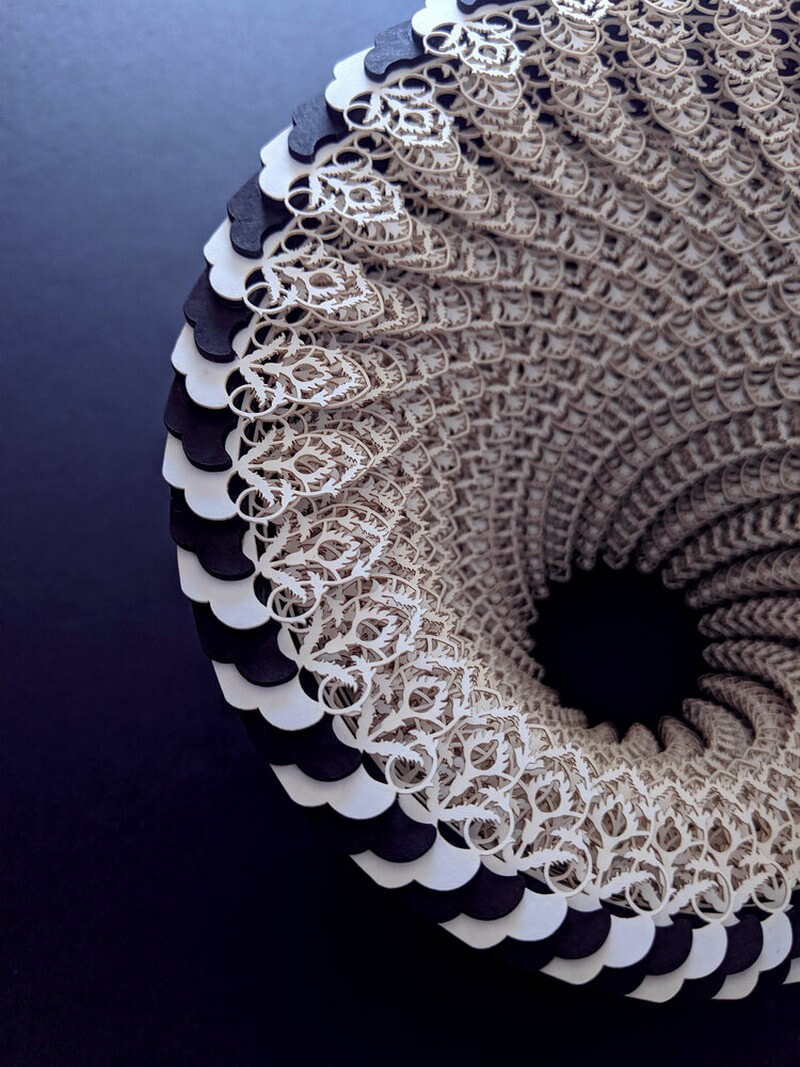
She wanted to explore the notion of a traditional vessel (typically intended to be utilitarian and simple) and augment and contrast that by introducing abstract structural modifications, complexity and detail achievable through algorithms and computational geometry.
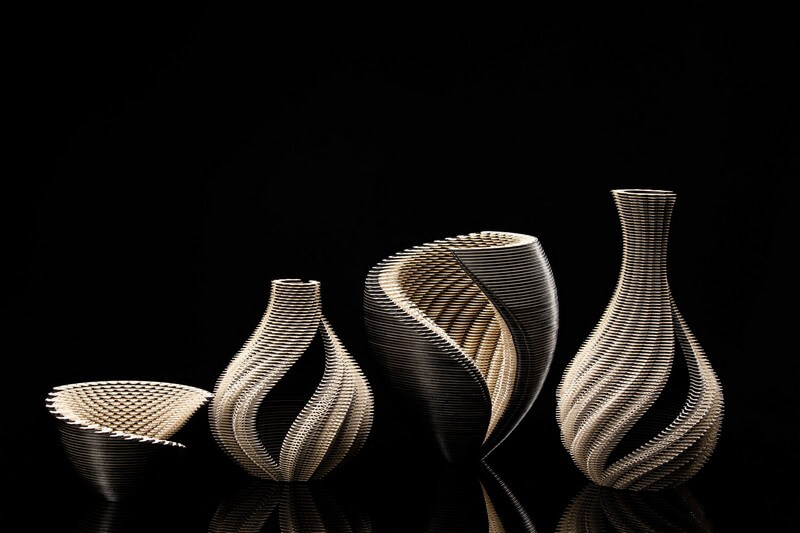
She also sought to push the boundaries of possibilities in terms of medium and chose to experiment in paper with its beautiful, tactile, delicate qualities. The build process revolves around both a sequential back-and-forth and an interactive collaboration between human and machines. Individual elements first are hand-drawn then refined using digital design tools.
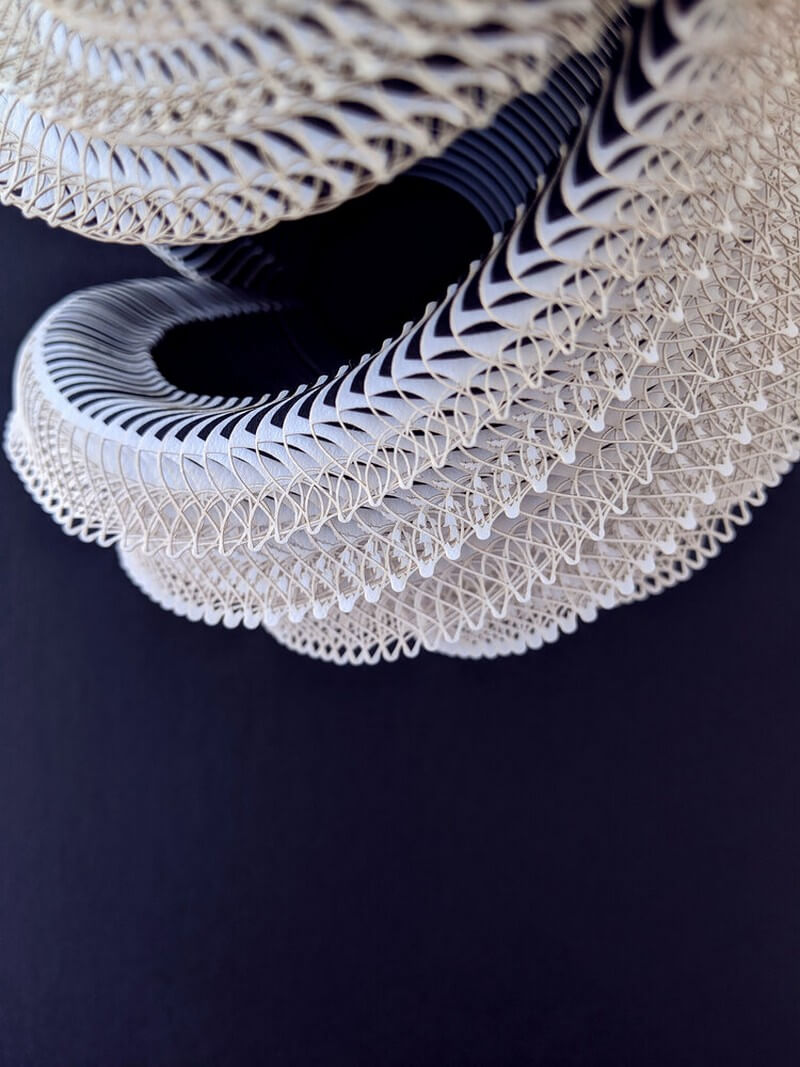
They are then arranged in an interactive parametric design phase where various curves and values are tuned through visual feedback to obtain the final shape. Computers and a laser cutter compute the shape of, and physically cut the many hundreds of parts. The assembly of each vessel is done entirely by hand using glue, pins and a scalpel.
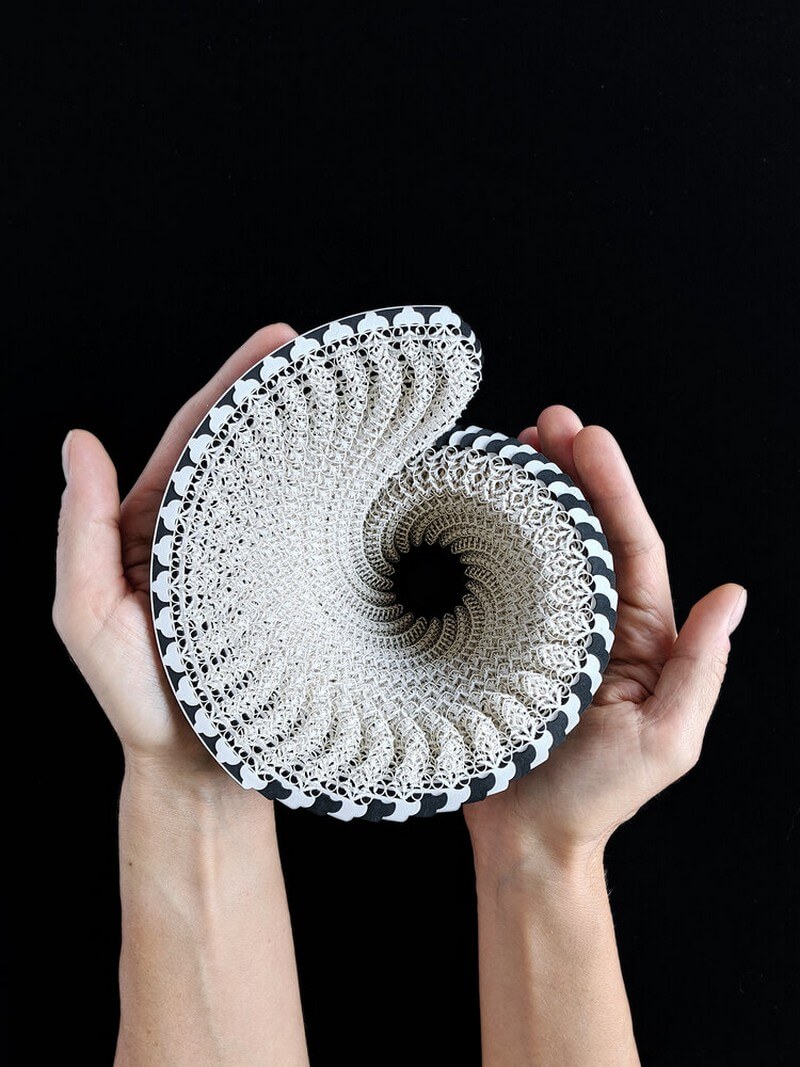
The final pieces display this idea of contrasts and collaboration. Organic hand drawn elements, arranged in a rigid structured pattern around a form developed using algorithmic calculations, yet built by hand, produce a whole that is highly complex, detailed, precise – but organic and imperfect at the same time. It is the flaws which come with the human hand that produce the beautiful end result.
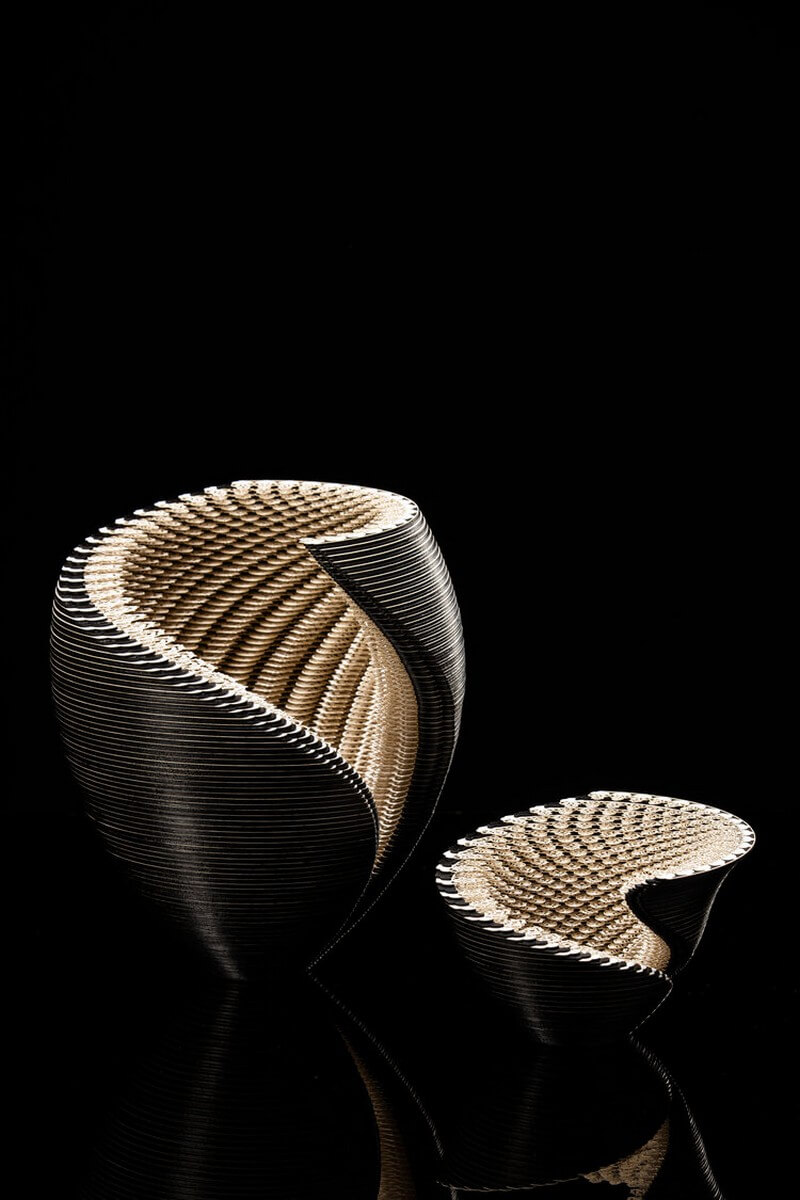

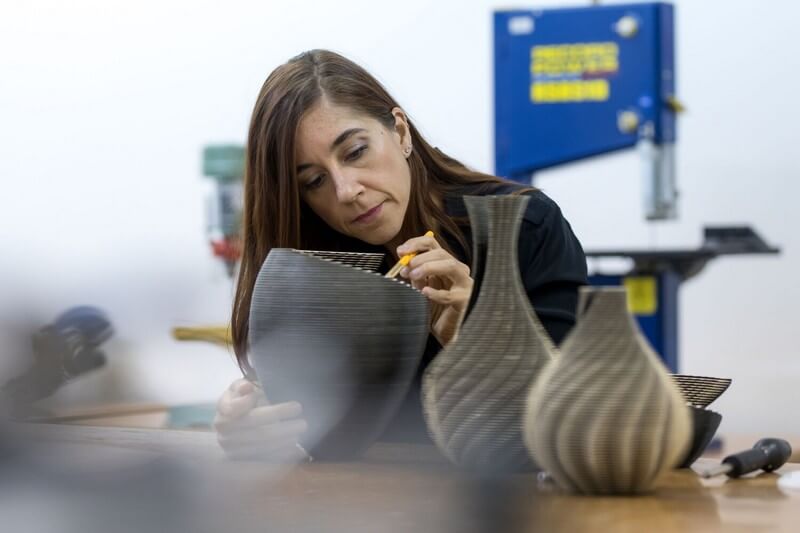
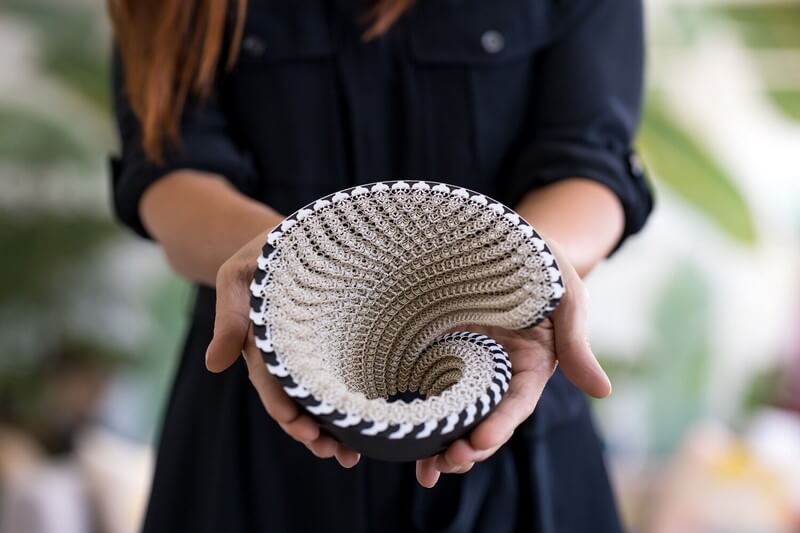


























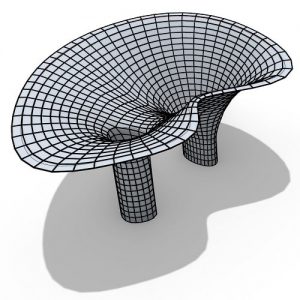
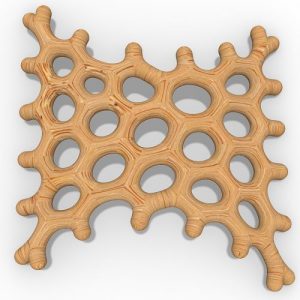
Comments